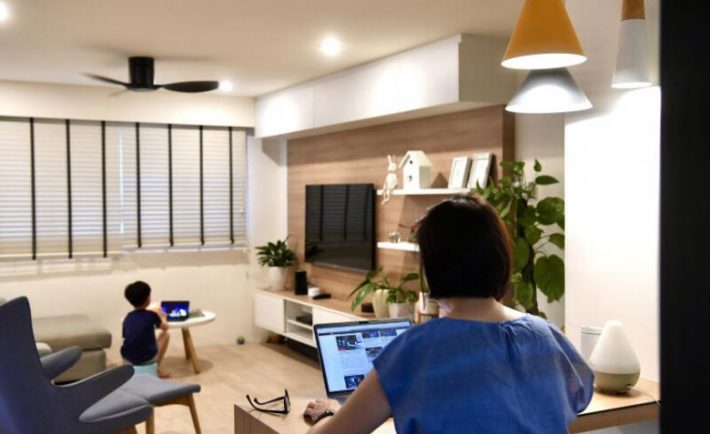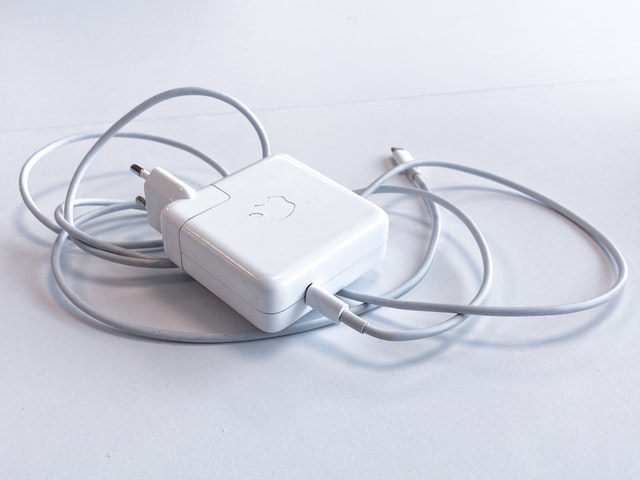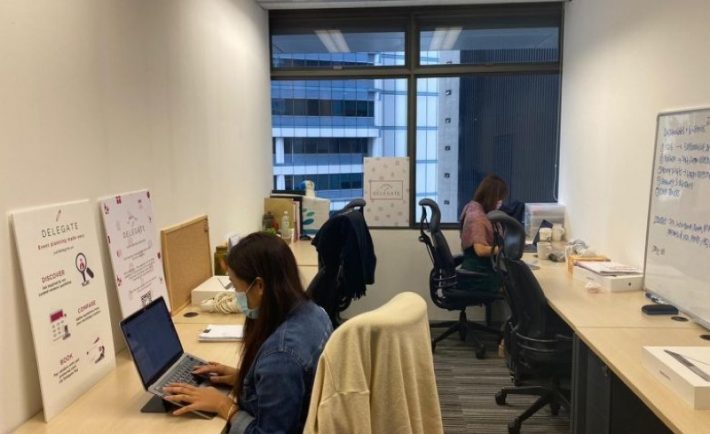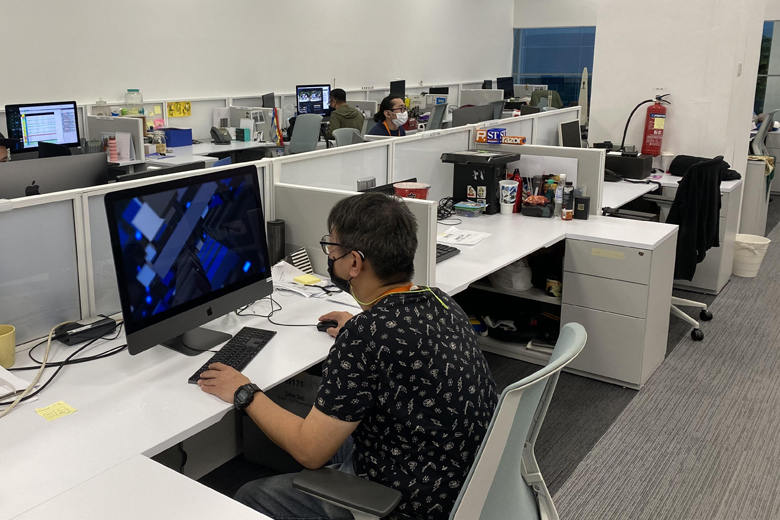Working from home can be wonderful, and that’s why some professionals are hoping it won’t end. If you’re one of the lucky ones who don’t need to return to the workplace from 5 April, we’re glad for you!
While it can be difficult for parents with children, the comforts of being in one’s safe space can sometimes make it easier to focus. Who doesn’t love having the power to turn on their favourite tunes and adjust the air-conditioner to one’s desired temperature?
However, there are ugly truths to it. You would probably agree that your work-life balance has gone haywire and might make you even lazier than before. Not needing to be up early, dress up, or having eyeballs watching you surf the net mindlessly can make it easier to become demotivated.
If so, how can we enjoy the benefits of working from home while staying motivated enough to be productive? Here are some tips to help you stay motivated.
#1: Set a schedule
When working from home, it is easy to develop lousy scheduling habits.
The temptation to turn on your work laptop in bed or check your email from the couch after 6pm can be hard to resist. Thus, it is crucial to set boundaries around your work life and ensure that you work during specific hours and rest when it’s time.
Setting a regular schedule will also improve your sleep pattern and your health in general.
#2: Get dressed before 9am

Image Credits: The Western Journal
Suppose that you start work at 9am, then dress up as you would if you were heading to the office.
Putting on a corporate outfit may help us refocus our mindset that it’s time to get the workday started. It’s almost the same theory as when you change to workout clothes before hitting the gym.
Treat this form of fashion as a boundary for yourself. When we have “work clothes” and “casual clothes” on, it can aid us to distinguish the kind of behaviour we should be engaging in.
#3: Separate your workspace
It is comfortable to work from our nice beds or comfy couches. However, humans are creatures of habit.
Associating our sleep areas with our work can interfere with sleep patterns. Similarly, working in a space we associate with relaxation can be a challenge for getting jobs done.
If you’ve been doing that, maybe it’s time you set up a dedicated, separate workspace to help you stay focus on completing your daily tasks.
#4: Work in chunks

Image Credits: HRM Asia
Chunking is a strategy to take if you are often assigned large tasks. By breaking it down into smaller chunks, it is made more approachable and less discouraging.
For example, reading a lengthy report is hard, but reading one section can be a cinch. Instead of worrying that there is a detailed report to write this week, focus on completing a small unit within a stipulated time frame.
That is a much more achievable and far less daunting goal.
#5: Use the 30-minute technique
Speaking of breaking up big tasks into smaller ones, the 30-minute technique might go hand-in-hand.
We’re often faced with tasks that we find boring. Or perhaps you would rather prefer to be doing something else. Whatever the case may be, make yourself a deal when you find it hard to get started.
Tell yourself that you will work for 30 minutes and then take a short break. Most of the time, you might find that once you build a little momentum on a task, it’s easier to bring it to completion. Even if you don’t, working for 30 minutes is better than idling without getting anything done.
#6: Take a short walk before dabao-ing lunch

Image Credits: The Straits Times
Our brains need breaks. One of the best things to do on a one-hour lunch break is to go outside.
Instead of ordering in using GrabFood, foodpanda, or your go-to food delivery service, why not take a short walk before you go dabao your lunch?
Heading outdoors exposes us to sunlight and fresh air, which your body will thank you for. Plus, the change of scenery and pace is an excellent way to refresh your eyes and brain. Who knows, you might even gain new inspiration for an idea or project you’re stuck at?
#7: Give yourself a reward
Deciding to treat yourself to your favourite snack for dinner if you draw up that PowerPoint presentation for your boss can help push you to get started.
Or maybe you’ve been wanting to watch that latest launch on Netflix but haven’t started yet. If so, why not settle your job’s administrative work first and then tune in as soon as the clock strikes 6pm?
A little incentive as a nudge can go a long way to keep you moving.
Final thoughts

Image Credits: MSIG Singapore
Working at home can be an enriching and desirable lifestyle. But that lifestyle does bring unique challenges if we allow it to rule our lives.
If you need some motivation, try following some of the abovementioned tips to establish boundaries between your work and home life. This could help you manage your workload during the day and officially “knock-off” from work when you should.











